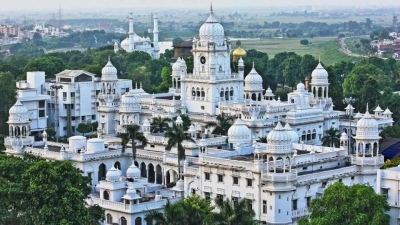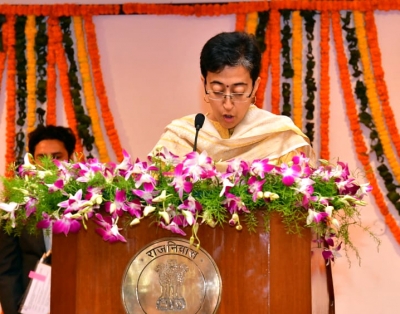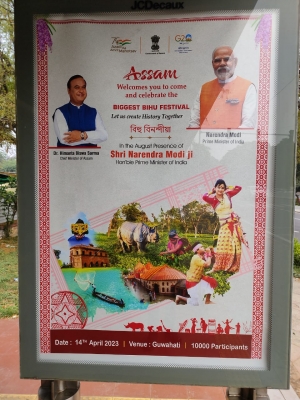
Lucknow, April 5 (IANS) Uttar Pradesh will soon have its first skin bank when the King George’s Medical University (KGMU) opens one to facilitate the treatment of patients with burn injuries.
The bank will save such patients from life-threatening situations.
Prof Vijay Kumar, head of department of plastic surgery, said, “The infrastructure is ready. We have started the process to procure equipment and get a licence for the skin bank. All this will be completed in phases in a few weeks.”
A skin bank is a place where skin from a donor, mostly people who wish to donate organs after death, is harvested and preserved. The skin bank is a valuable resource in providing allograft skin as a cover for partial or full thickness burn injuries.
“Our burns ward is occupied fully at any given time as the need for skin graft is increasing due to a rise in serious accidents. Once operational, the skin bank staff will coordinate with the families of brain-dead patients who are going for organ donation. Just as kidneys, liver, and cornea are obtained by a medical team, the skin will also be received and stored in temperature-controlled equipment after being lab tested,” he said.
The kidney and liver cannot be stored and hence, are transplanted within a few hours of obtaining them. Cornea and skin can be stored.
“The skin will be provided to burn injury patients after matching the skin type. A skin graft not only helps in speedy recovery but also saves patients from further infection as it might happen in an open wound,” said Prof Kumar.
In many burns’ patients, their own skin is obtained from the body portion where the skin is in good condition, and grafted to cover the wound and help in speedy healing.
However, in several cases, a patient’s body is burnt in such a manner that their own skin cannot be used. Here, skin banks will play a crucial role and provide skin to cover wounds.
In deep burn injuries, covering the wound with a skin graft becomes significant as it allows the wound to heal faster.
The skin bank is coming up in about 1,500 square feet area.
“In the first phase, we will use cryoprotective glycerol to preserve skin for up to three weeks and then with the help of deep freezers, we plan to preserve the same for up to three months,” said Prof Kumar.
In India, he said, there are half a dozen skin banks but none in Uttar Pradesh.
Talking about reasons for the failure of a skin graft from a donor, Prof Kumar said, “The graft provided with the harvested skin is rejected by the patient’s body but by the time rejection takes place, a new layer of skin of the patient’s own body starts developing, thereby, the deep wound healing is made possible.”
–IANS
amita/dpb










